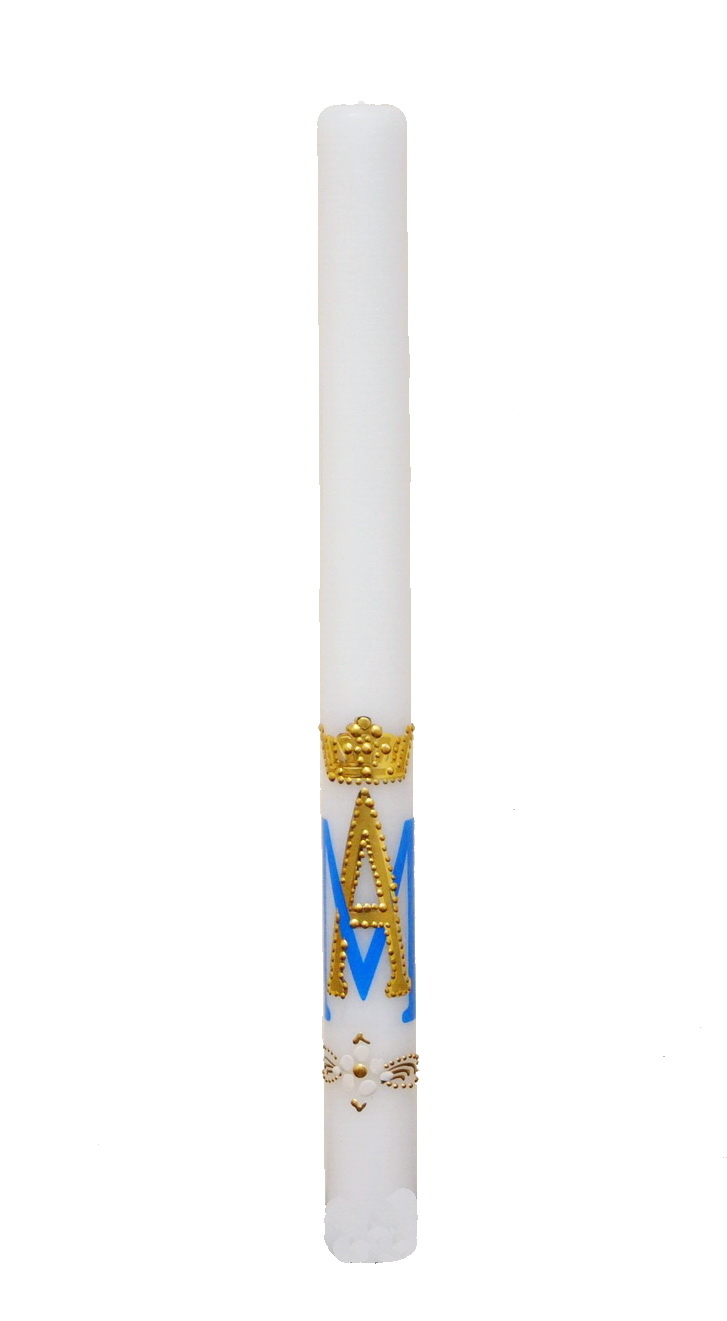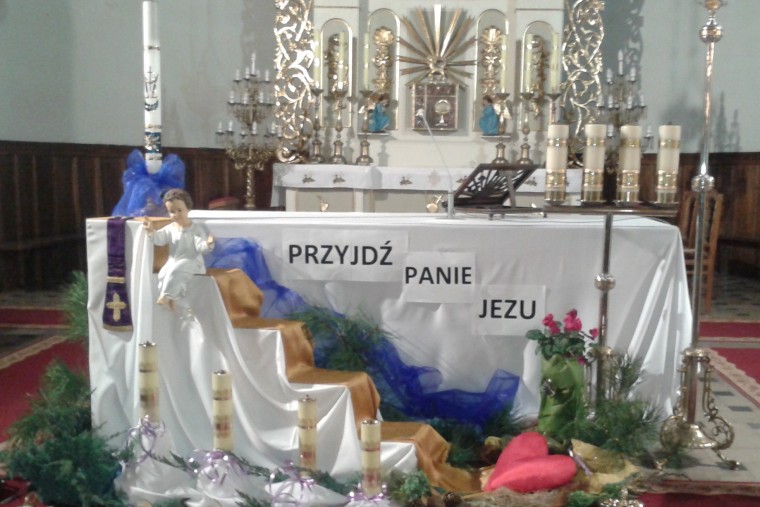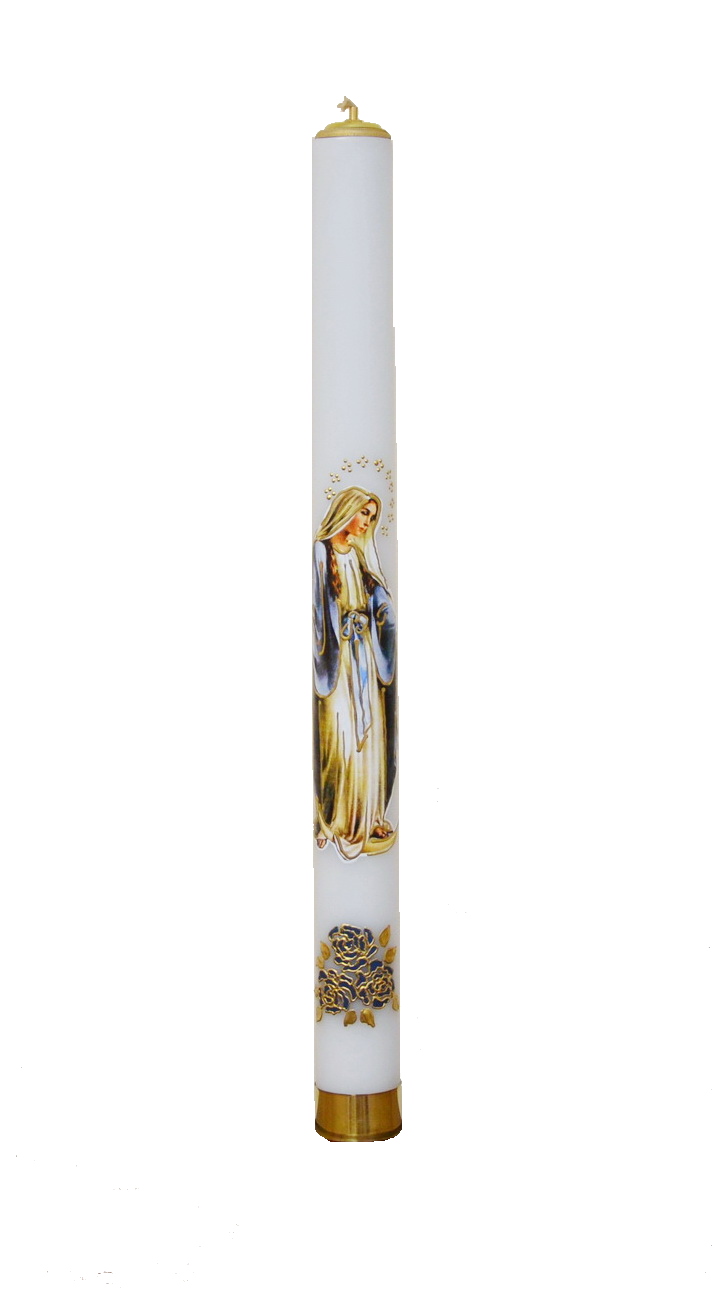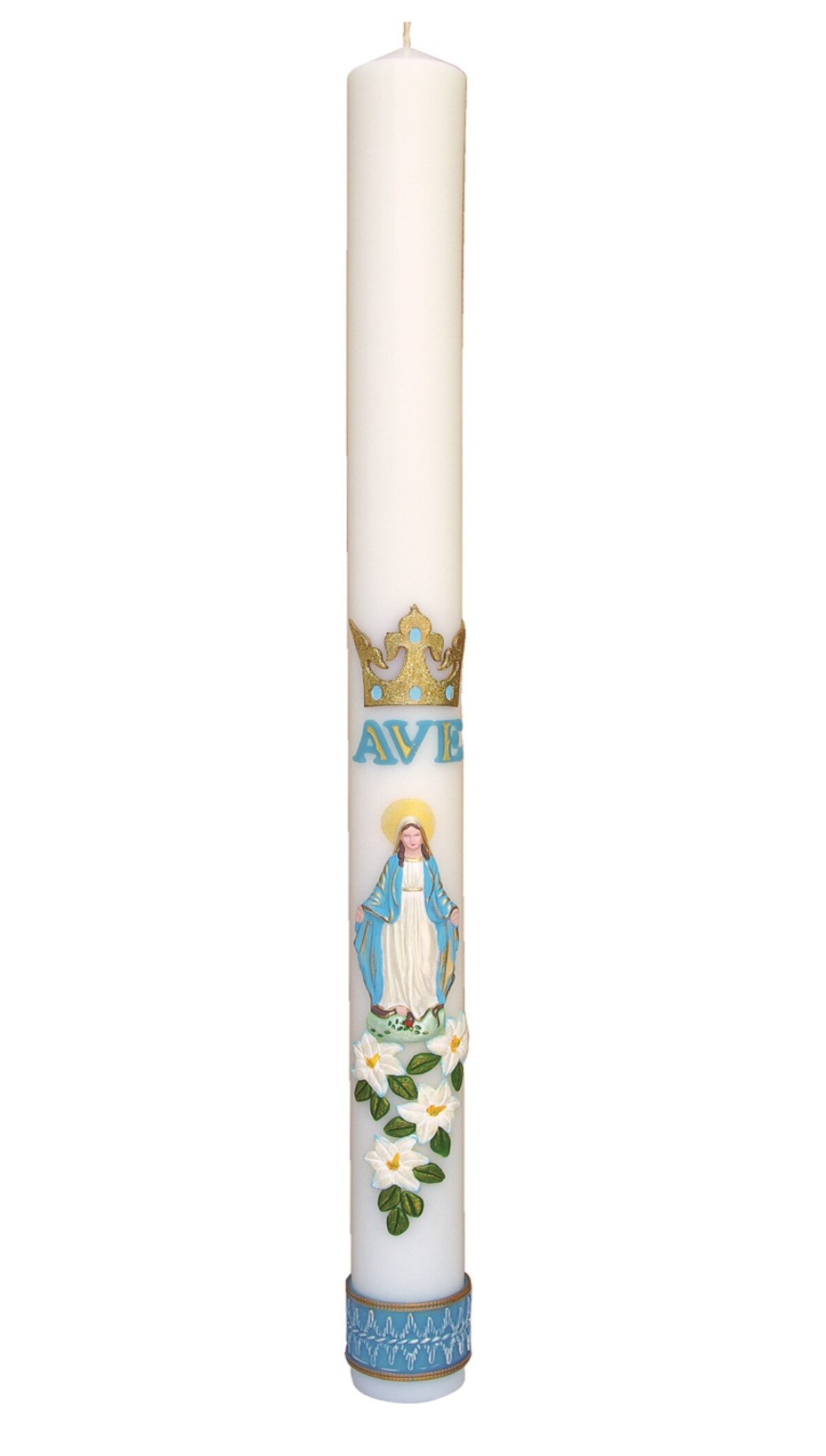
roratka – świeca – jak wygląda – rysunek – ciemnica – zdjęcia | Radość Miłości Blog | V Ogólnopolski Kongres Nowej Ewangelizacji
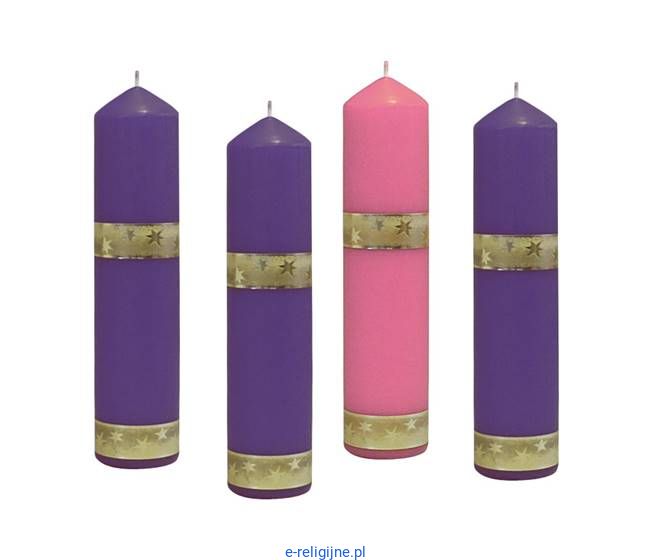
Świece adwentowe do wieńca fioletowe i różowa A2 (30 cm/7,5 cm) - e-religijne.pl katolicki sklep internetowy
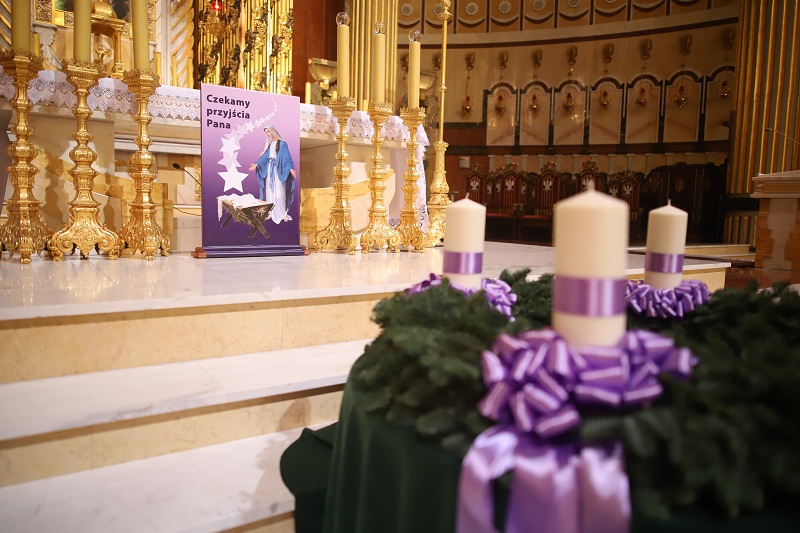
Różową świecę zapala się w trzecią niedzielę. W Kościele katolickim rozpoczął się adwent - Wiadomości lokalne Konin

ADWENT - czas radosnego oczekiwania... - Aktualności - Publiczna Szkoła Podstawowa im.Rodziny Rohlandów w Żabiej Woli

Świeca Roratka spalająca na adwent ręcznie zdobiona W001 - e-religijne.pl katolicki sklep internetowy

